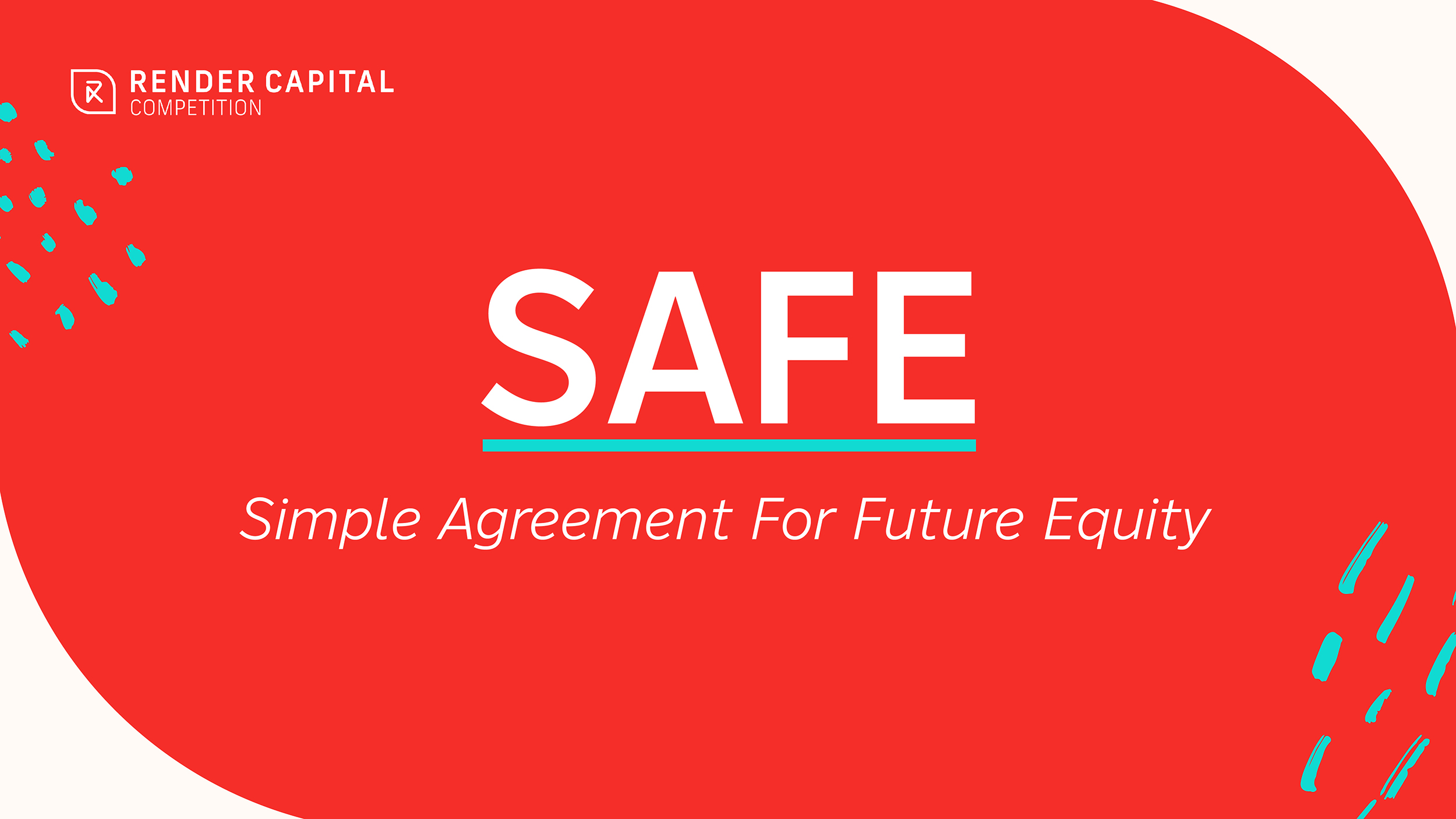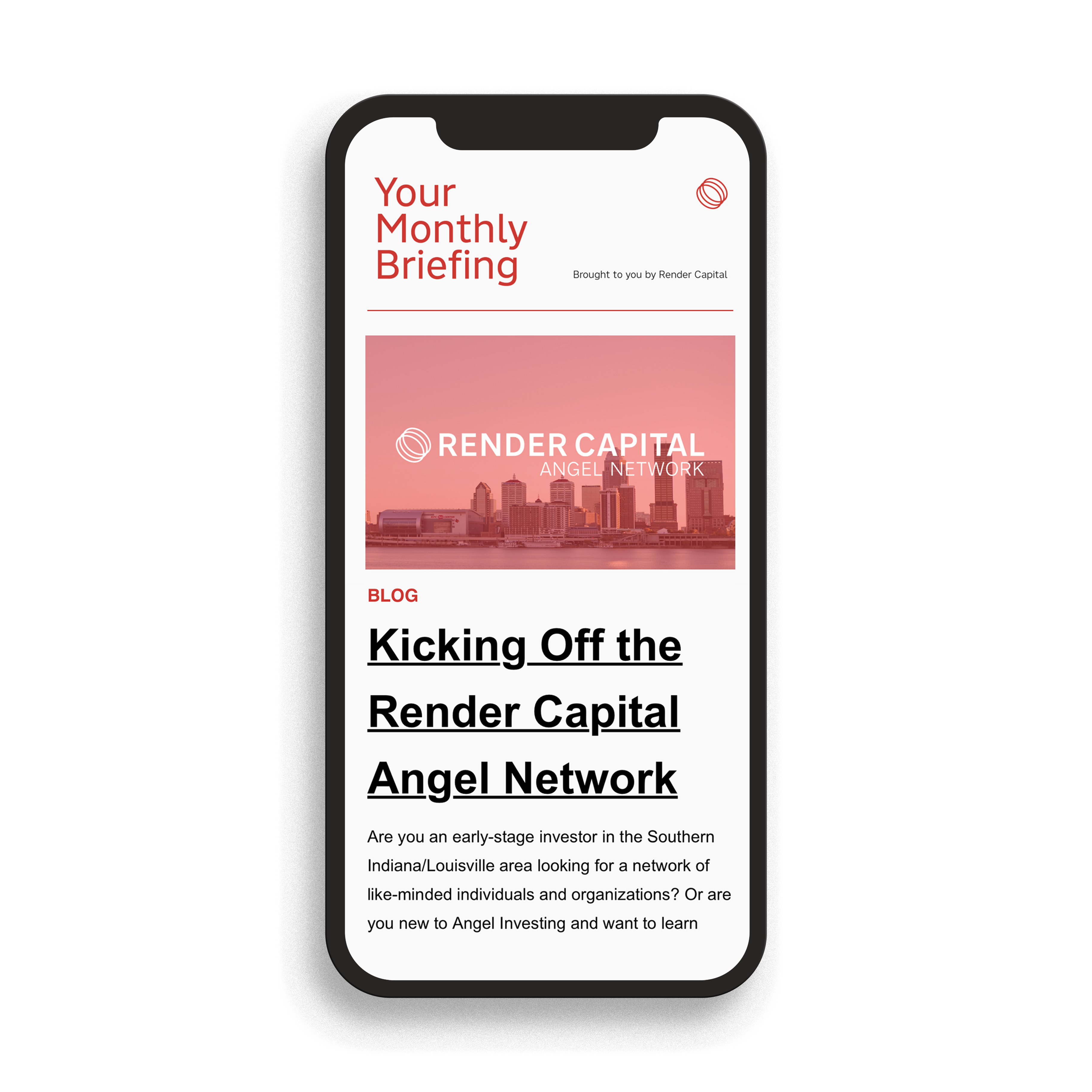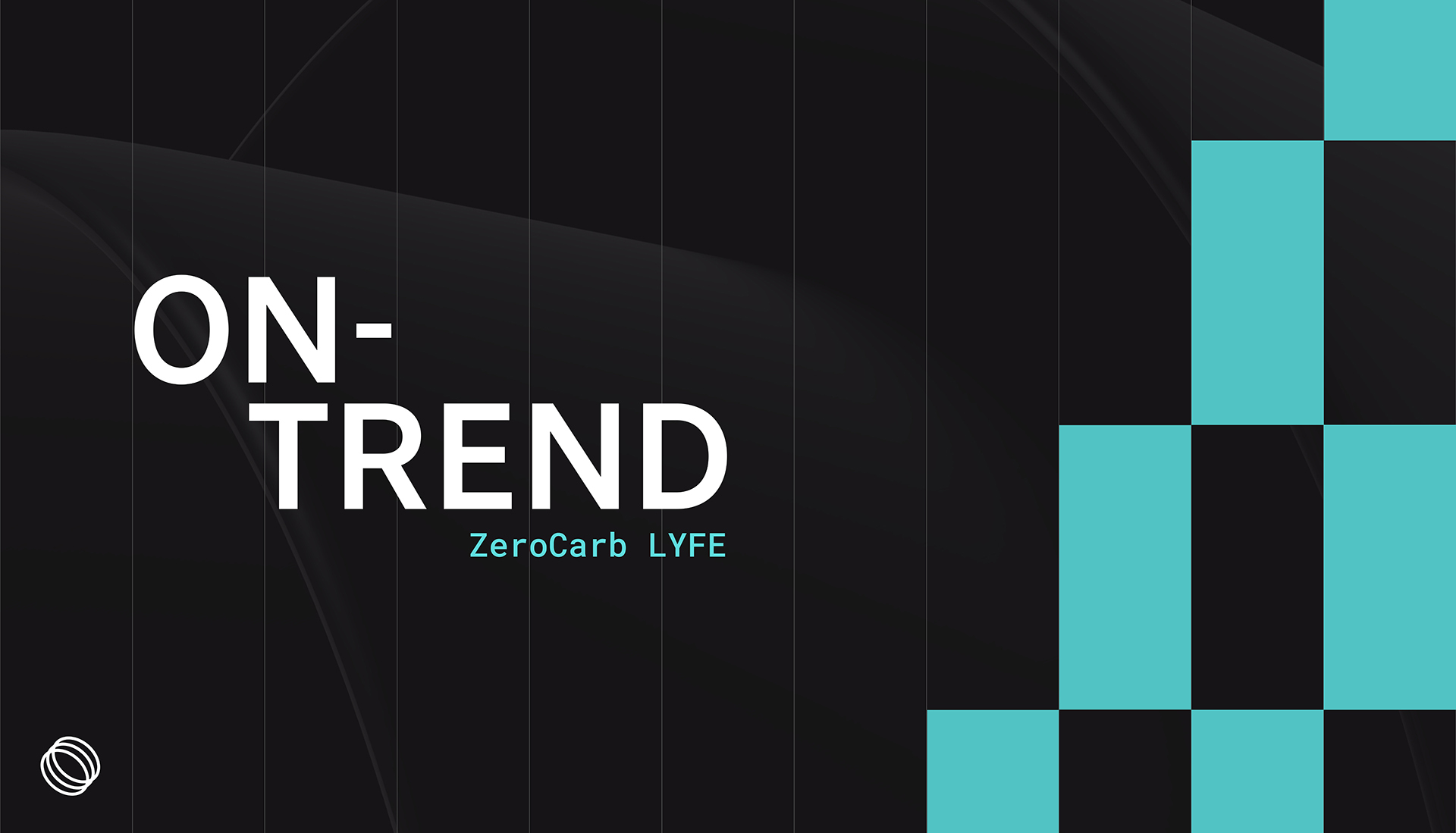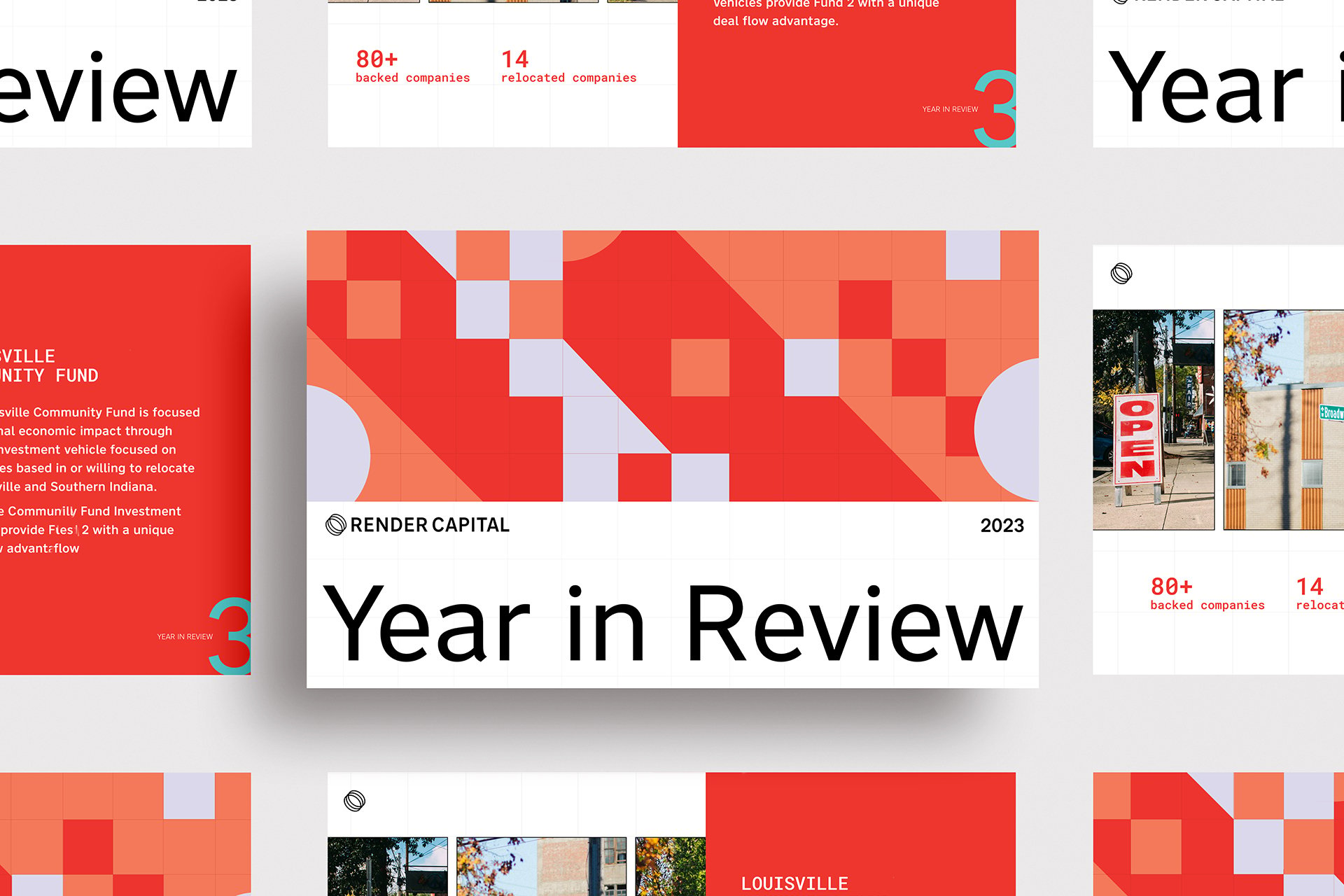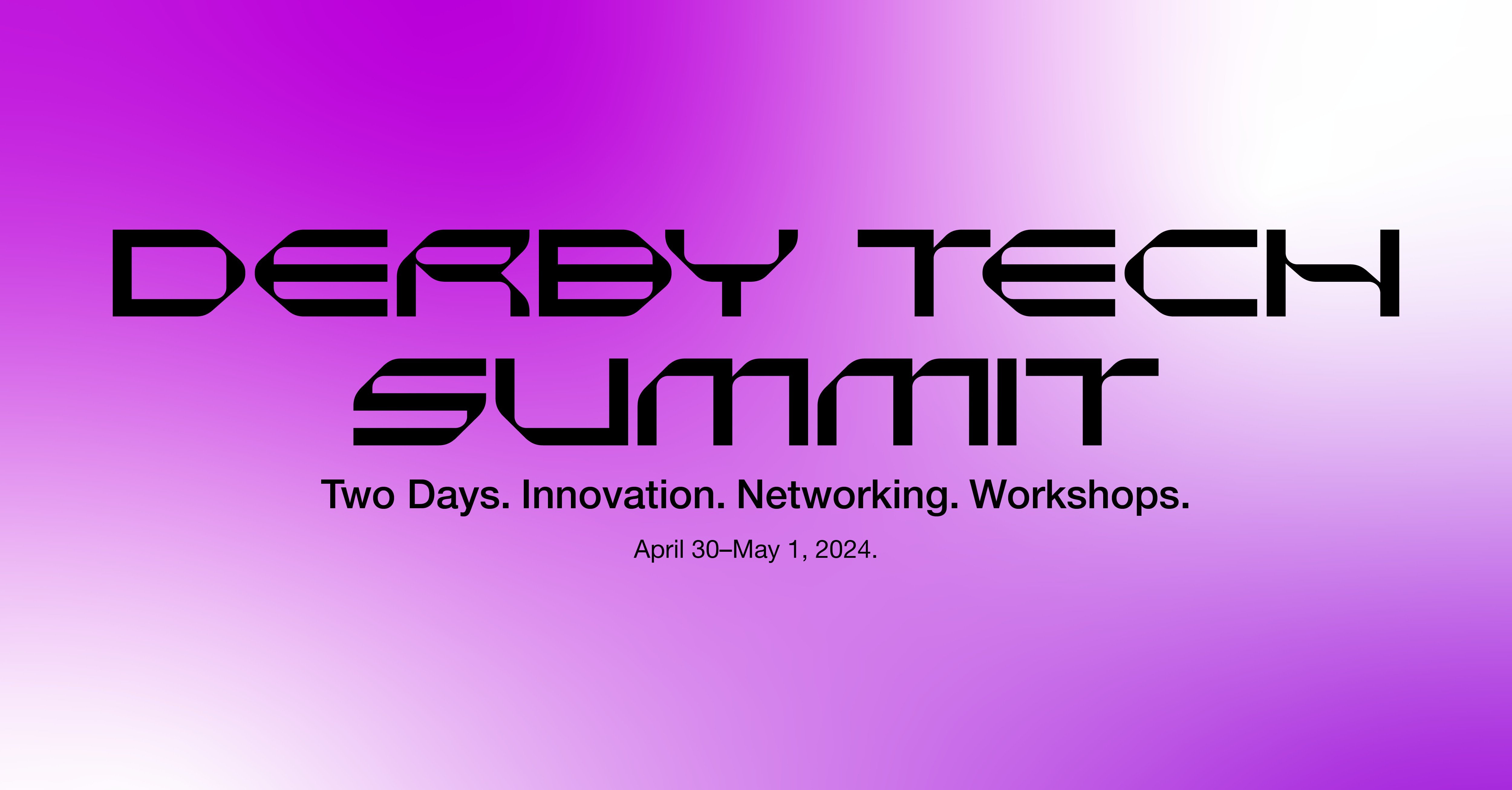A SAFE stands for Simple Agreement for Future Equity. The bottom line up front is a SAFE is an alternative to the traditional convertible note structure. It has the advantages of convertible debt without some of the disadvantages with the intent to help streamline the funding process for both startups AND investors all while keeping costs for scoping and executing the transaction to a minimum. As an aside, this instrument is typically used in early-stage financing and is not intended for use in larger, later rounds that might warrant additional complex terms based on the partners, investors and previous equity holders involved.
SAFEs were created by Y combinator, the #1 accelerator in the world, and used on thousands of startups. This global legitimacy allows other investors to sign on quickly to help the startup raise money faster and get back to building their product and increasing the value of those shares. This is something that both investors and founders ultimately want to happen compared to spending money on deeper legal fees or time negotiating terms on a convertible note.
The key reason why many players in the high-growth startup space use convertible debt is that it makes fundraising quicker. Typically you don’t have to negotiate many of the intricate details you would have to if you were selling the actual security of a stock to an investor. The convertible portion of the instrument allows the investor to buy the stock when there is a full equity round on whatever terms the terms end up being.
The drawback of using convertible debt is that both tax and legal complications inherently increase the cost of the “convertible note” vehicle on multiple fronts. A few things a “debt” instrument “requires” is there must be a length of time the debt instrument is in place for there has to be an interest rate, which in many states has to be near market rate. This interest piece makes converting the convertible note uniquely complicated AND the requirement for a “term length” also increases complexity if/when the convertible note has to be extended.
All of this to say there is a simpler way! The key for a SAFE is it can have a valuation cap or be uncapped – just like a convertible note. The takeaway though on the SAFE is that the investor does not buy the stock itself but the right to buy stock in an equity round when it occurs. There is also typically a discount on that stock, in most cases an option to buy the stock at 80% of the price.
What does SAFE include?
1) Section 1 – events (i.e if something happens in your company)
a. Equity Financing
b. Liquidity event (i.e a sale / merger / acquisition)
c. Dissolution
d. Liquidation Priority (i.e who gets paid first on a Liquidity event)
e. Termination
2) Section 2 – definitions (explanation of the venture words)
3) Section 3 – Company Representations
4) Section 4 – Investor Representations
5) Section 5 – various legal boilerplate language
SAFEs are now largely “Post-Money” meaning the founders know exactly how much dilution they are getting because they know the capped valuation of the company inclusive of the “value” of the money being put into the company.
The simple formula is: Pre-money valuation + Money raised = Post-money valuation. For example, if you have a pre-money valuation of $3M and you raise an addition $500k, your post-money valuation is now $3.5M. You can determine how much you’ve sold and what your ownership is by taking your money raised and dividing it by your post-money valuation cap. Using the above numbers a $500k investment divided by $3.5M would equal 14.286% of the company being sold in that SAFE round.
The Different Variations of SAFE Structures
1) Discount – this means the investor will get a straight discount in the coming round. i.e 20% discount means they get shares in the next round for 80% of the price. More simply said investors only have to pay 80 cents for $1 worth of shares in the upcoming priced equity round.
2) Uncapped – this means the investor is willing to not put a cap on the valuation but rather will ride along with the valuation of the priced equity round (this flavor is uncommon because many investors like to have some type of benefit for them putting in money before other investors).
3) Uncapped with “most favored nation” clause – basically uncapped until another investor comes along and makes more favorable terms to the investor, that investor then rides along with the upcoming investors (perhaps another SAFE) on those terms if they are better / most favored over that initial investor’s SAFE terms.
Keep in mind typically each time you go back to the venture trough as a founder you typically are going to sell between 10%-30% of your company – i.e SAFE/Seed is 15%, Series A is 20%, Series B 25%, etc – this is incredibly important as a founder to understand how much dilution you will have. At the end of the day though the important thing to remember as an investor, a founder or an early employee is that while the dilution of your shares happens (you own a lesser percentage of the company as a whole), ideally the share value increase each and every time you raise. Said differently, although you own a lower percentage of shares the overall value of those shares is much higher than the value of those shares before you took on that new money.
Got any questions or comments? You can reach me at patrick@render.capital.
.png?width=2708&height=560&name=2022%20Render%20Capital%20Red-04%20(4).png)
